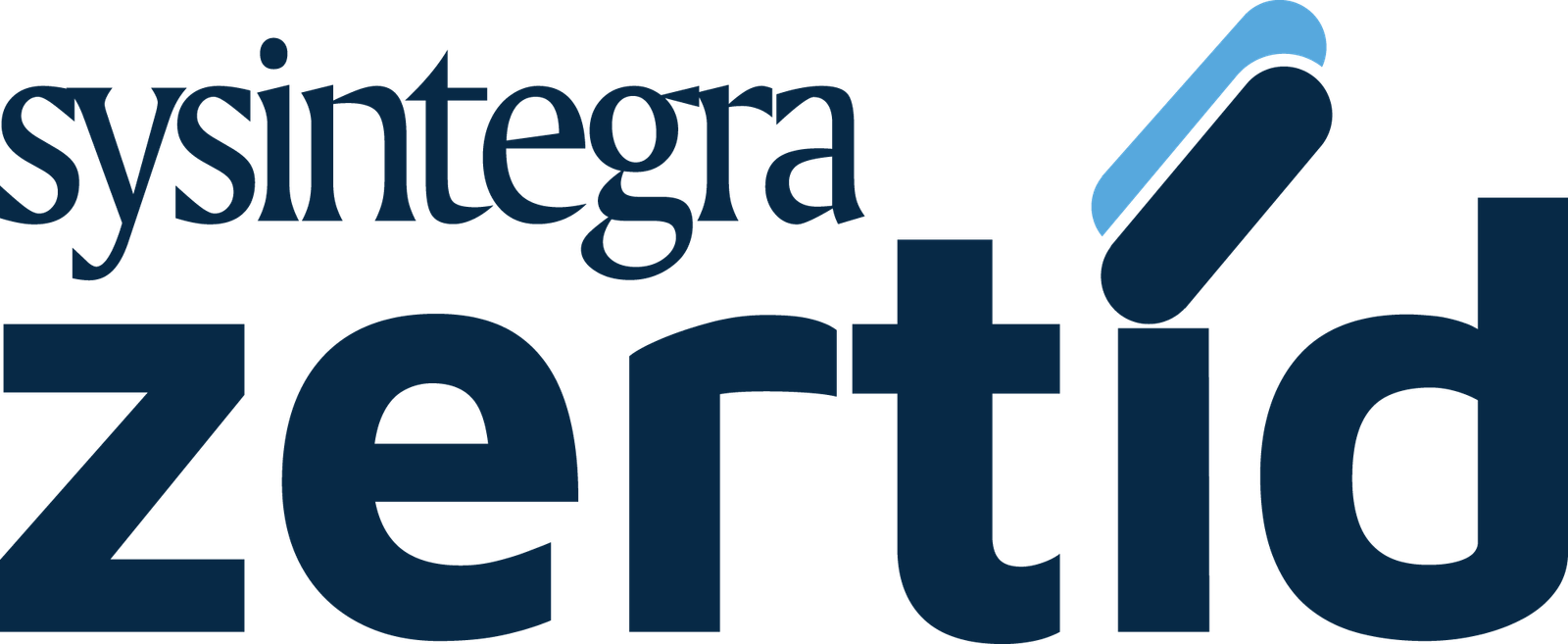
Zero Trust framework is rapidly becoming a de-facto standard of the industry as far as the security posture is concerned. Unlike traditional systems, the Zero Trust framework relies on a presumption – nobody on the network can be trusted at any given time.
Traditional security frameworks verify the identity of the entities on the perimeter of the infrastructure before granting the relevant accesses. Once the access is granted to the entity they are free to move laterally within the internal network. This is a vulnerability.
Zero Trust approach imposes strict access control by imposing continuous verification of identities within the internal network as well. This results in reduced risk which may be caused due to internal threats.
What is Zero Trust?
As more and more users begin to work remotely, the need to manage access resources using technologies like VPNs increases. This opens up a whole new set of vulnerabilities that may have a direct impact on sensitive resources.
Data is broadly classified into various classes – public, restricted, sensitive, and confidential. The need to classify and appropriately protect the data emerges from its potential impact if it is leaked to unwarranted destinations.
Zero Trust considers data as well as compute instances as resources to be protected. Identities accessing these resources should be authenticated and authorized enough. Zero trust emphasizes on granting access to these resources on a per-connection basis. The validation takes place every time.
All the network activities within the corporate networks are constantly scanned and inspected. Zero Trust makes sure all the communication happens in a secure manner. This enables organizations to gain insights into users, services, applications, and systems accessing appropriate resources on the network.
This in turn also helps organizations for easier access management based on principles like – least privilege and MFA. Continuous network scans enable security reports based on logs and alerts, thus helping organizations to identify potential threats and compromises beforehand.
Implementation of Zero Trust framework is an organization-wide initiative that requires building the relevant capabilities into existing processes, systems, applications, as well as users. It all begins with identifying the entities accessing the corporate resources.
Identity at the core
User identity is the foundation of Zero Trust architecture. Every entity that tries to access the resources should be identified with adequate credentials that assist in authentication and authorization at and within the perimeter.
Internal resources may require credentials in various forms – username/password, tokens, keys, certificates, etc. A central system is thus necessary to manage the lifecycle of these credentials. Identity Providers like Active Directory generate and maintains the identities in a central place in any given corporate network.
By virtue, Zero Trust architecture needs these identity credentials for validation, before any access can be granted for a given resource. It is presumed that a given user account is a malicious actor while gaining access. Thus the identity of the user is verified at every step before granting access.
In such a controlled environment, where the user needs to prove their validity while accessing every individual resource, identity plays a critical role. The entire Zero Trust security system is based on this user identity. The user in this context could be any human, service, application, or process.
IAM systems are capable of implementing accesses on a very granular level. User accounts identifying themselves in the Zero Trust framework thus have inherent accesses predefined. Each user may have various levels of access to existing resources in the network. This completely depends on the identity, a user or service is trying to identify with.
Identity is everything – no matter where the user is trying to access the resources from. It could be logging in remotely via the internet, or present on-premise. They may try to access resources available on-premise, on the cloud, or hosted with 3rd party data centers. In any situation, identity plays a crucial role in the Zero Trust framework to evaluate and validate the access request.
Additionally, Zero Trust places emphasis on MFA to reduce risks arising due to weak passwords. When a user attempts to access the resource, apart from the credentials and MFA, continuous monitoring and analysis of access patterns play a critical role. This is based on the context that every identity is assumed to be compromised by default.
ZertID as IAM
Given the strict nature of the Zero Trust framework, the productivity of users attempting to authenticate themselves at every step could be impacted. In the case of application and services, this could mean higher consumption of resources and increased overall latency.
Identities and identity providers (IDP) play a very important role in generating user identities but that is not enough to implement Zero Trust architecture in the given environment. Identity and Access Management (IAM) tools like ZertID are important from an access governance standpoint.

WRITTEN BY
Kris Seetharam
Kris is the PM of Marketing at ZertID and is dedicated to marketing strategy roadmap, brand experience, and lead nurturing. With a strong background in the ServiceNow ecosystem, Kris is exploring possibilities of identifying new opportunities across the globe.

